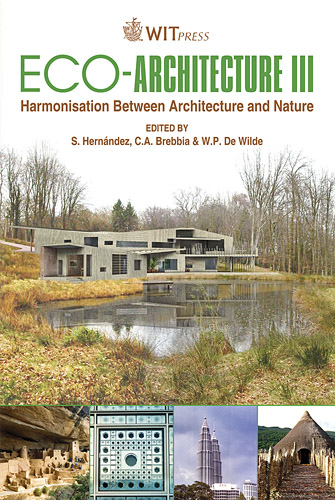Ubicomp, Urban Space And Landscape
Price
Free (open access)
Transaction
Volume
128
Pages
11
Page Range
459 - 469
Published
2010
Size
718 kb
Paper DOI
10.2495/ARC100391
Copyright
WIT Press
Author(s)
R. C. F. de Souza & M. L. Malard
Abstract
This article discusses the use of Ubiquitous Computing (Ubicomp) systems in the design of urban revitalizations and refurbishments, using a specific methodology that considers Information Technology (IT) as one more instrument to harmonize the urban scene with the landscape, minimizing the impacts that those processes can bring. The hypothesis is that when IT components and services are strategically deployed – respecting the structure of the places – they can introduce computational resources that will allow human activities to better harmonize with the landscape. This hypothesis is based on Heidegger´s thoughts, when he reflects about the concept of \“circumspection”, meaning that when a technological apparatus works fine, its presence recedes in the human consciousness. When components and services of IT are deployed strategically in a place – respecting its topological structure – those devices and services can add computational capabilities that improve human activities and make them integrated with the natural environment in a coherent and continual gradient of meaning, functionality and technological availability. Human activities can better harmonize with nature by means of the use of ordinary objects and spatial elements that act as interfaces to access computational services, supporting the activities of a place, making them more efficient, producing less pollution, reducing their cost and energy consumption. Mark Weiser’s idea about the evolution of Ubicomp also reinforces that main hypothesis. According to him, the spread of computational resources in the environment through Ubicomp will bring a new era of calm technology in which human dwelling will be supported by intelligent environments. To test that hypothesis, a theoretical framework was developed and applied by architects in three urban projects, in cities of the United Kingdom and South Korea. Focusing on the potential within IT components to promote qualities such as territoriality, privacy, identity and ambience, three case studies were described and analyzed. There are reasons for appropriately deploying IT based on the nature of the place and the activities that happen within it.
Keywords
ubiquitous computing, urban project, architecture





